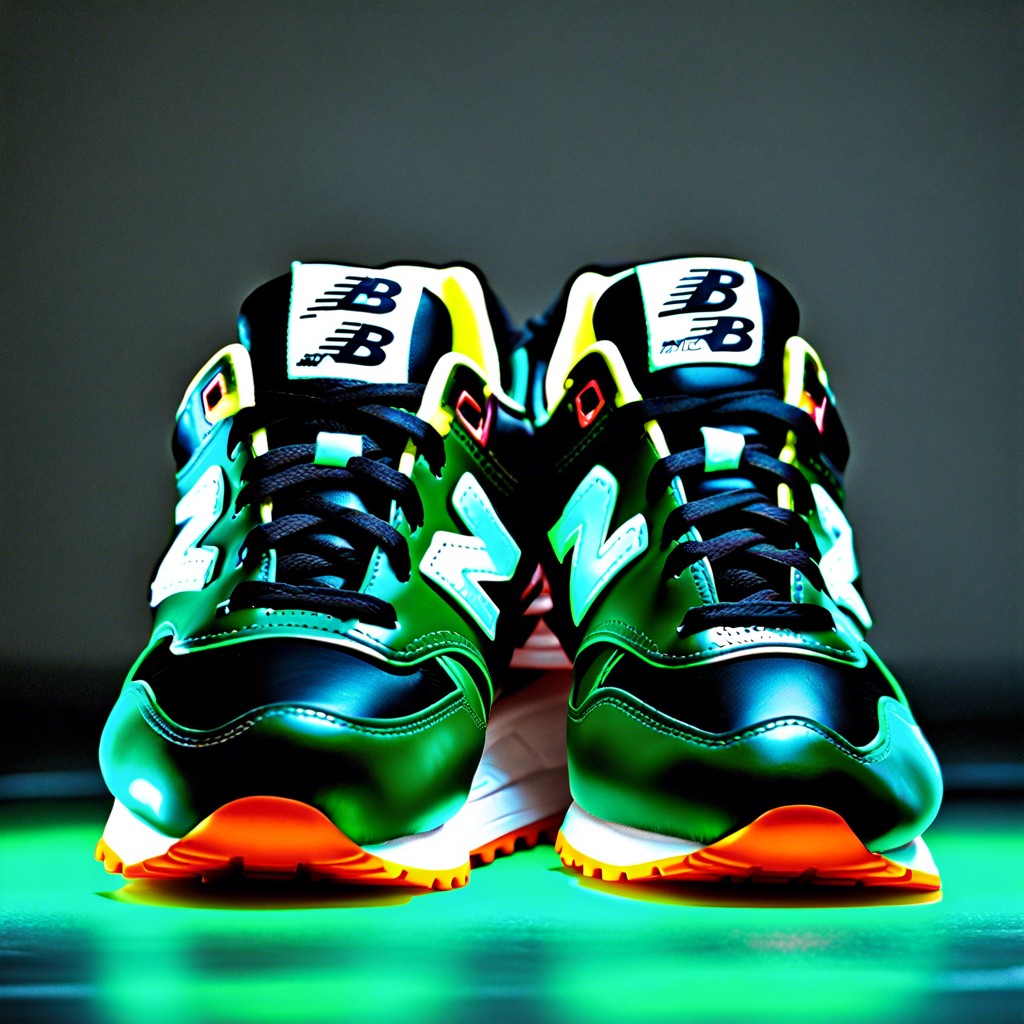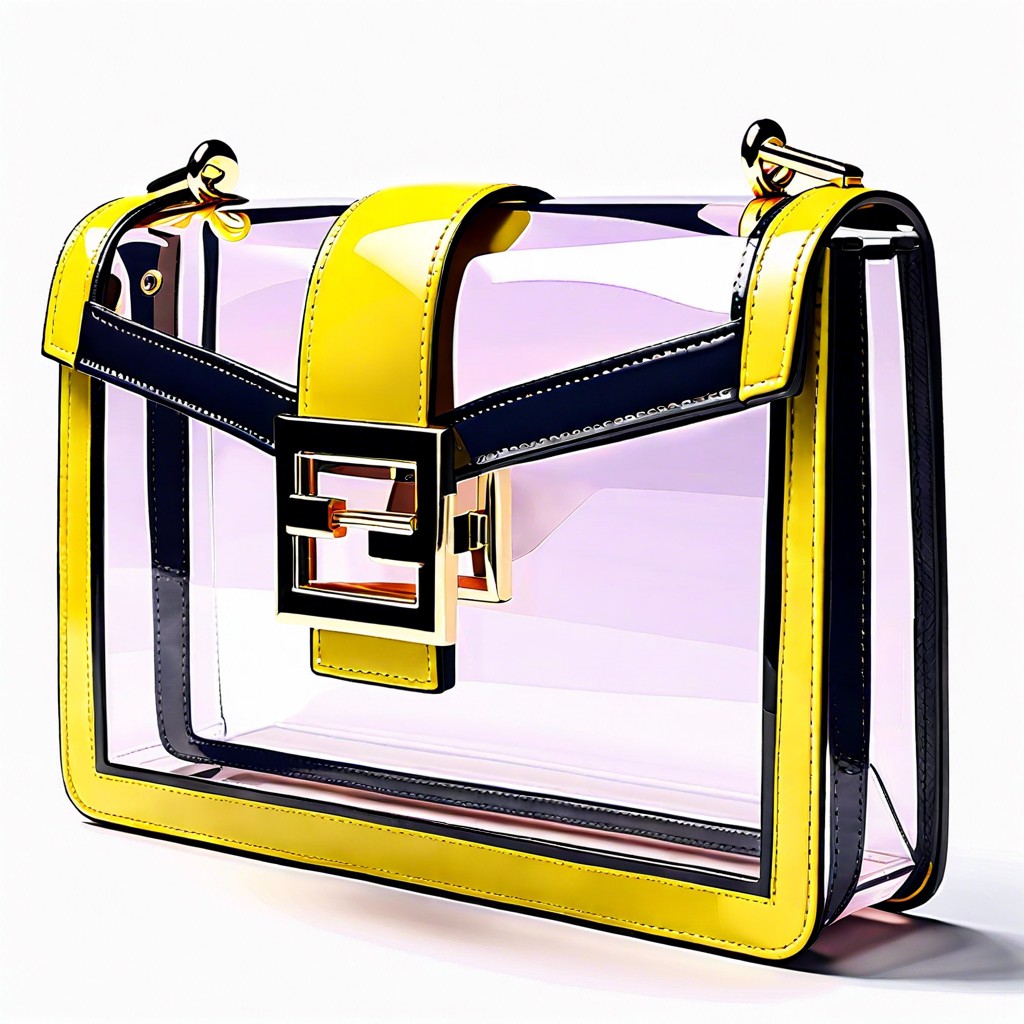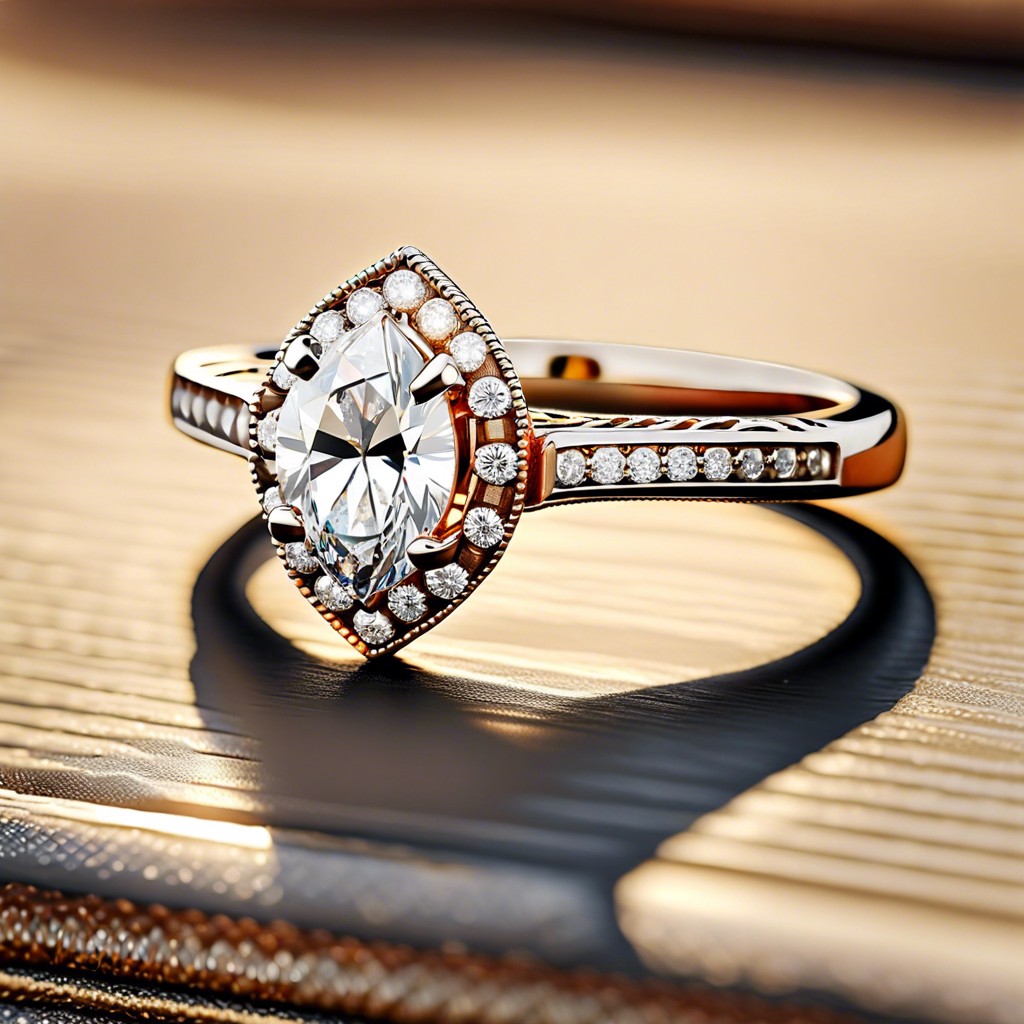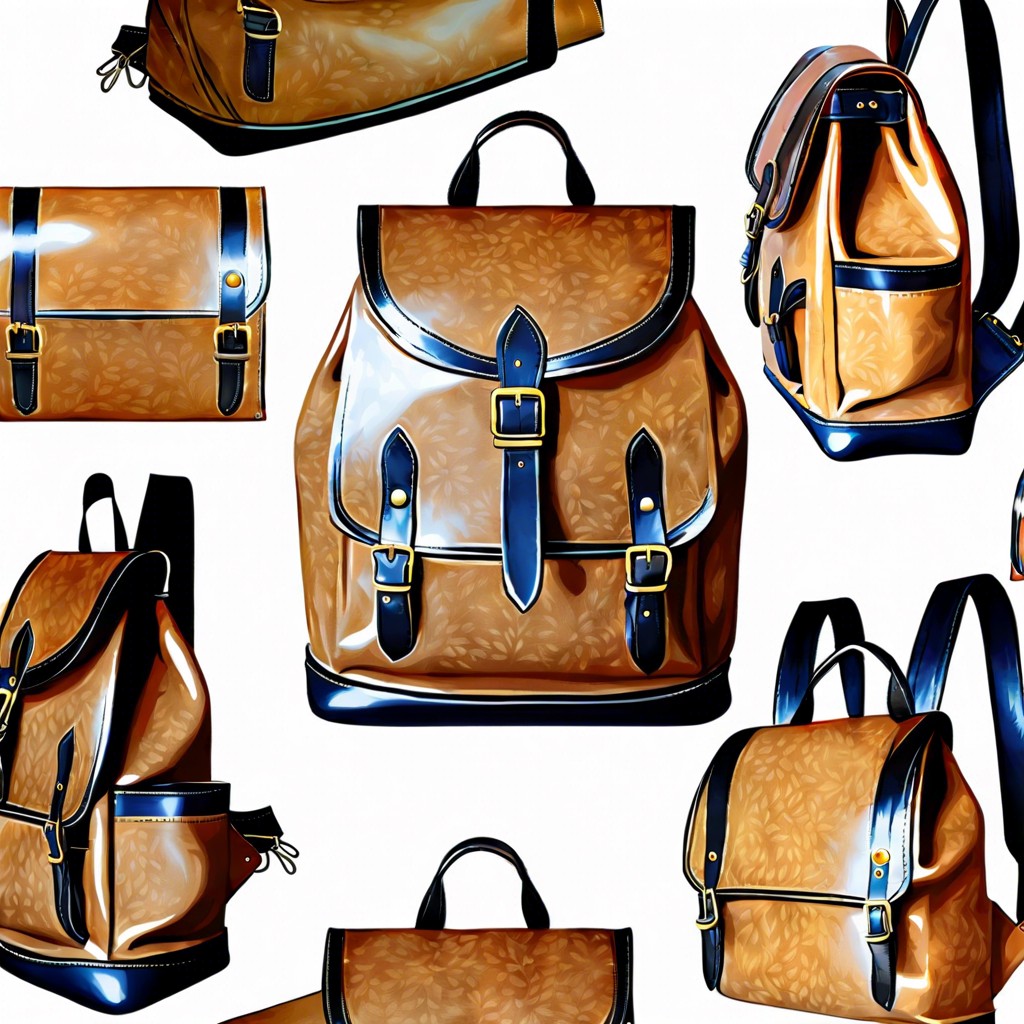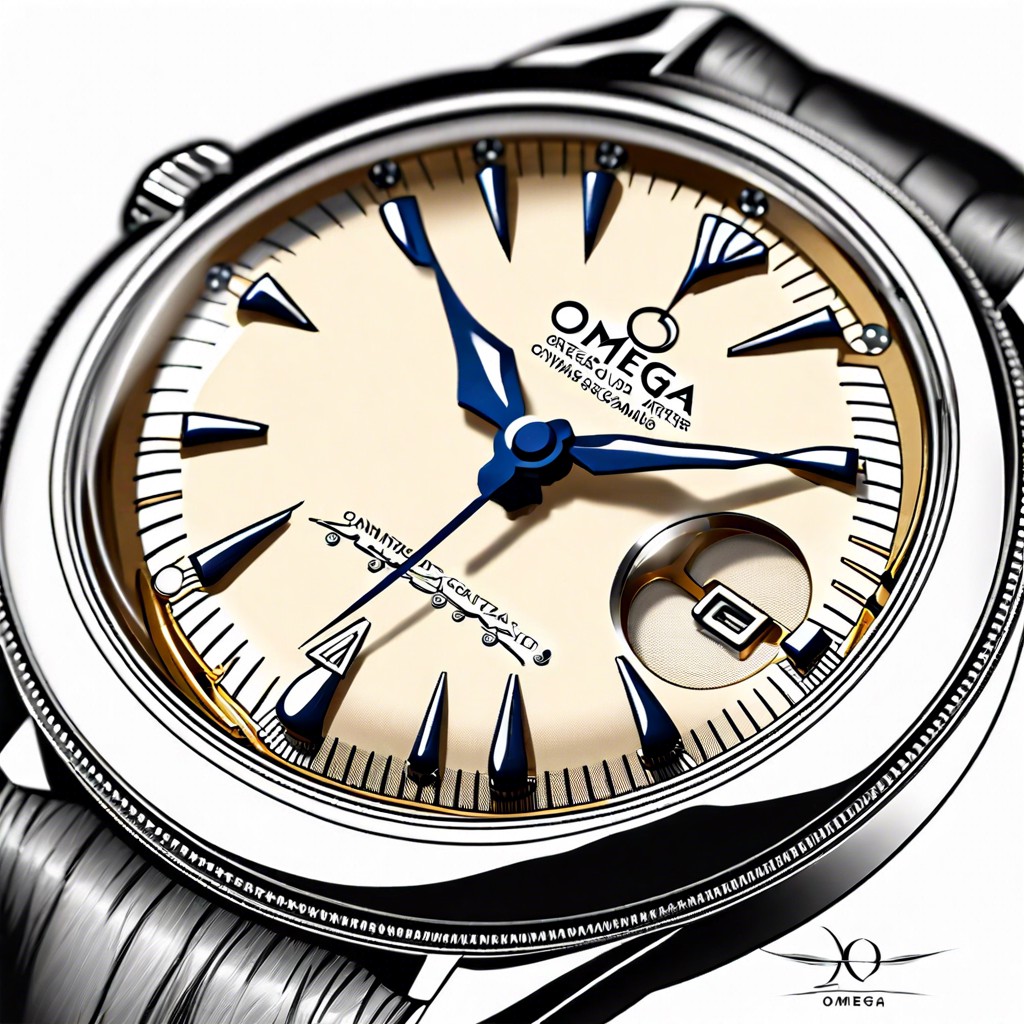Last updated on
This buying guide will help you choose the best vintage Western shirts, detailing their key features and what makes them stand out.
Key takeaways:
- Vintage Western shirts have evolved from practical workwear to fashionable vintage pieces.
- They feature iconic details like pearl snap closures, flashy yokes, and embroidered motifs.
- Famous brands include Rockmount Ranch Wear, H Bar C, Wrangler, and Pendleton Woolen Mills.
- Authenticating vintage shirts involves examining materials, construction, labels, and style.
- Look for quality vintage Western shirts at local shops, online marketplaces, thrift stores, and estate sales.
Historical Evolution of Vintage Western Shirts
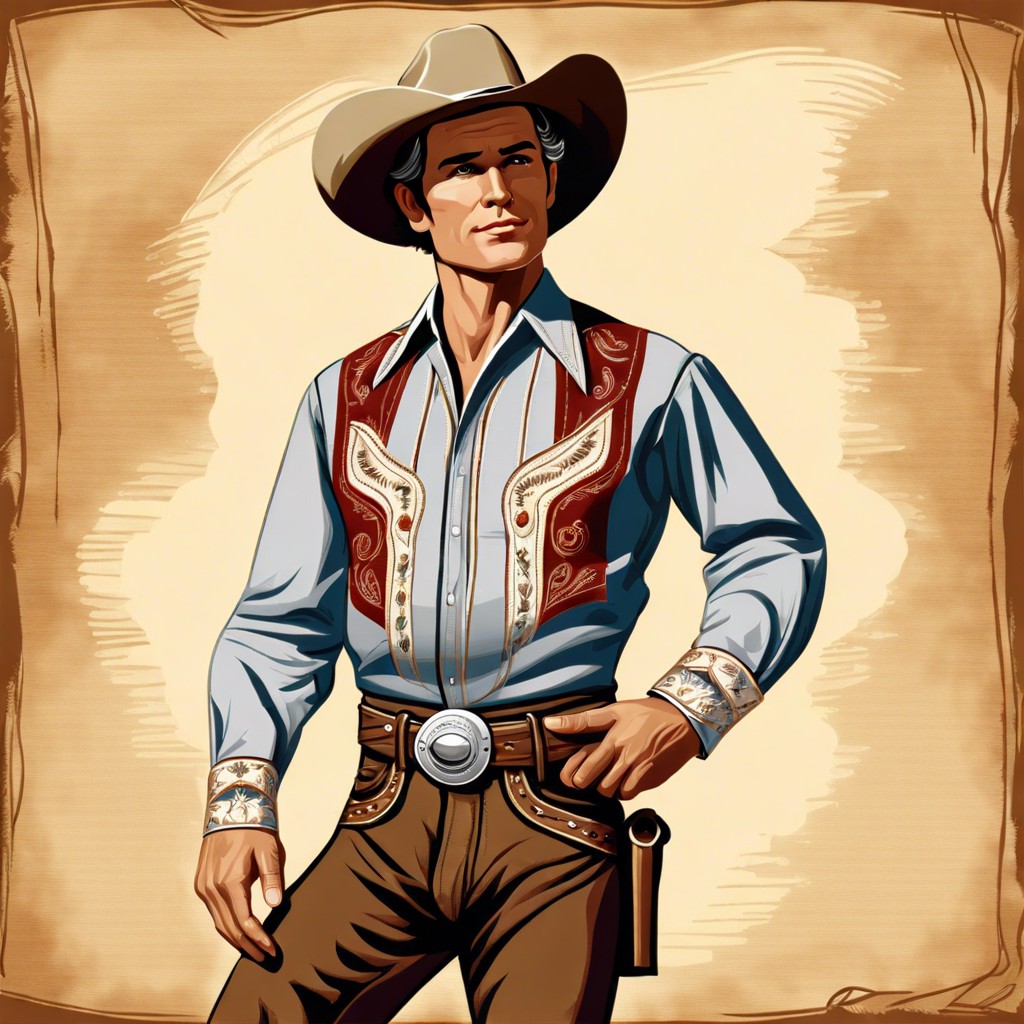
Western shirts, originally crafted for ranch workers in the American West, have transformed significantly from functional attire to fashionable vintage pieces. In the early 1900s, these shirts were simple and practical, designed with durable fabrics to withstand harsh working conditions. By the 1940s, as Western movies gained popularity, more flamboyant designs emerged. These shirts featured intricate embroidery, bold patterns, and vibrant colors, reflecting the cinematic flair of cowboy culture.
The 1950s and 1960s saw the peak of the “cowboy look,” with celebrities like Roy Rogers and John Wayne sporting these shirts on-screen, further cementing their status in American culture. Tailored fits, snap closures, and pointed yoke designs became defining features. As a response to the counterculture movements of the 1970s, vintage western shirts adopted a subtler, more laid-back style, integrating into mainstream fashion while maintaining their unique Western American roots. Today, vintage western shirts are celebrated for their historical value and distinctive style, continuing to inspire fashion enthusiasts worldwide.
Iconic Features of Vintage Western Shirts
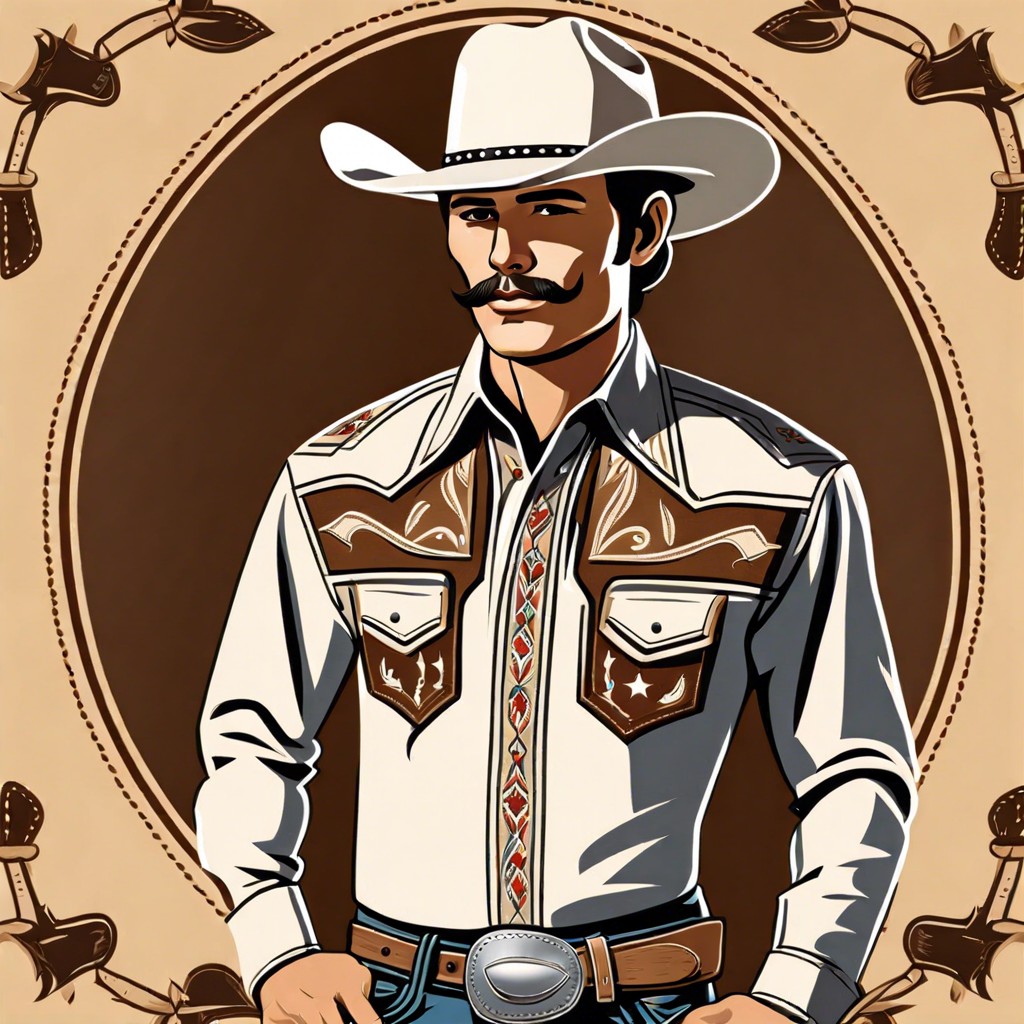
Vintage western shirts stand out from the crowd with their distinct detailing and design elements. Common traits include pearl snap closures instead of traditional buttons, setting these shirts apart visually and functionally. They often feature flashy yokes in the front and back, punctuated by colorful piping. The yokes can display intricate patterns or simple shapes, contributing to each shirt’s personality.
Pockets on vintage western shirts are not just practical; they’re style statements, typically featuring flaps with snaps that mirror the shirt’s overall design. Embroidery is another key component, ranging from subtle floral patterns to elaborate scenes reminiscent of Western landscapes.
Fabric choices lean towards durability and comfort, with materials like denim and chambray being popular staples. These shirts were made for both daily wear and special occasions, blending utility with aesthetics in ways that continue to influence modern fashion.
Famous Brands of Vintage Western Shirts
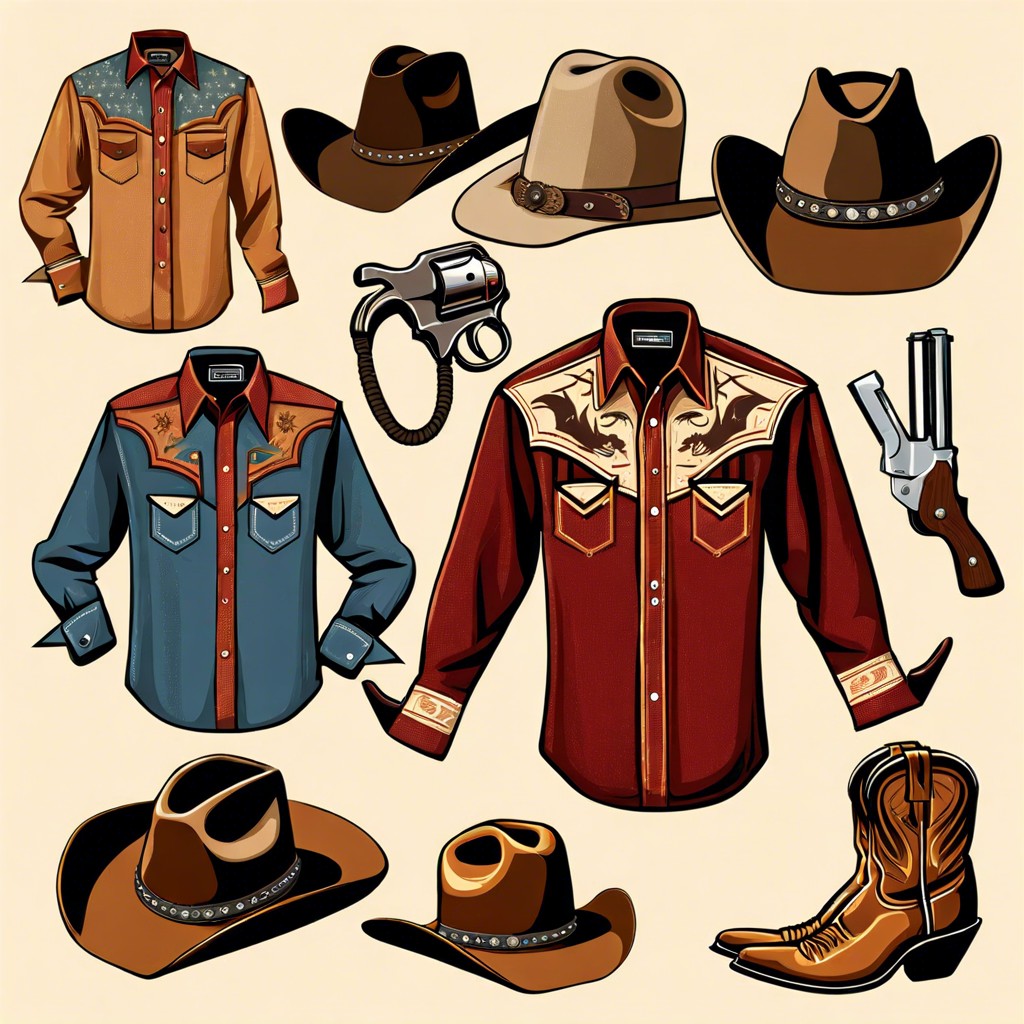
Rockmount Ranch Wear, established by Jack A. Weil in 1946, revolutionized the industry by introducing the first mass-produced snap closures on shirts. Often credited with popularizing the Western wear style, Rockmount’s shirts are famous for their sawtooth pockets and diamond snap designs.
H Bar C, another powerhouse, began producing Western apparel in 1897. Favored often by rodeo performers and Hollywood stars in Western films, H Bar C became synonymous with elaborate embroidery and high-quality fabrics.
Wrangler, launched in 1947, is widely recognized for its durable and comfortable clothing tailored to the needs of cowboys. While best known for jeans, their Western shirts have also been a staple in the wardrobe of Western enthusiasts.
Pendleton Woolen Mills, dating back to the early 1900s, is famed for its wool shirts that feature unique Native American-inspired patterns. These shirts, originally intended for laborers, became fashion statements in their right during the mid-20th century.
Each of these brands contributed significantly to the distinctive flair of vintage Western shirts, making them coveted items for collectors and fashion aficionados alike.
How to Authenticate Vintage Western Shirts
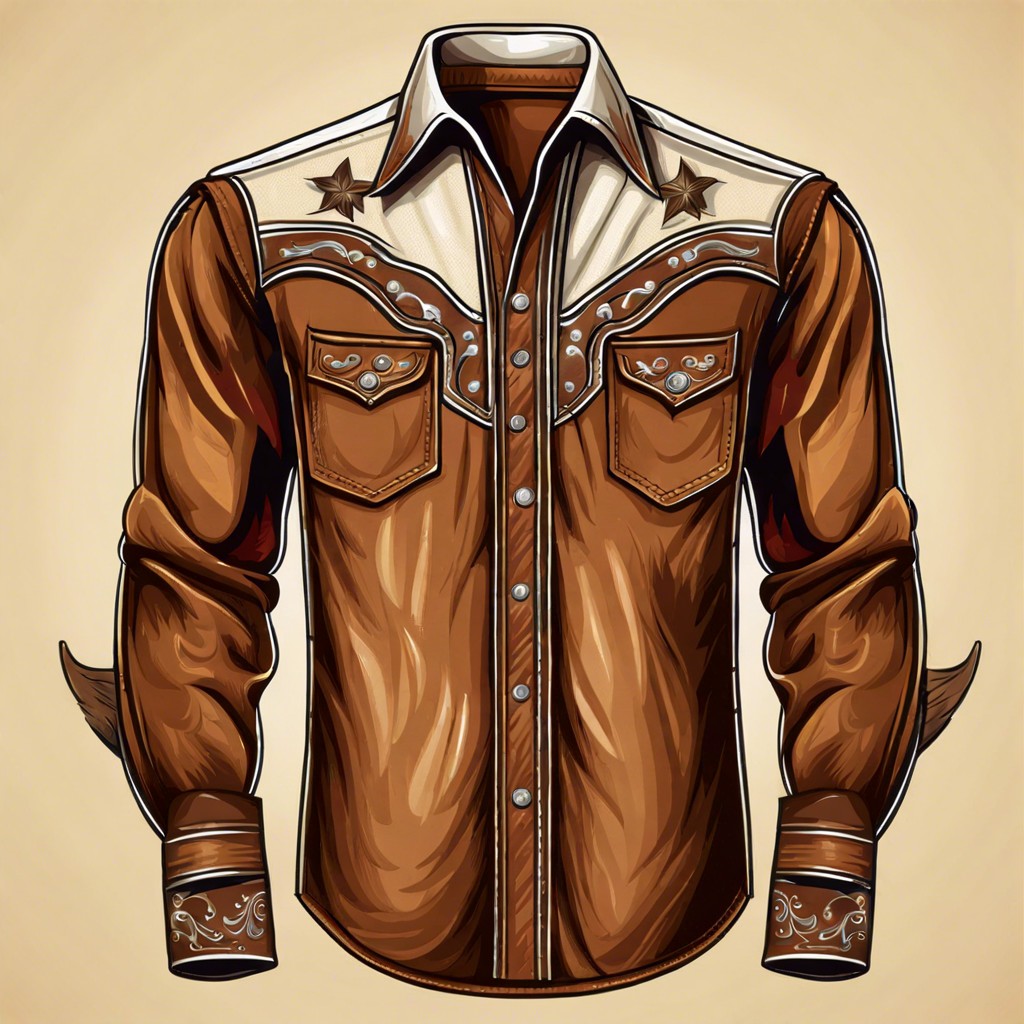
Verifying the authenticity of vintage western shirts involves a keen eye and some knowledge of textiles and design. Start by examining the material. True vintage pieces are often made from high-quality fabrics like selvedge denim or chambray. Look for signs of natural wear and age, which are difficult to replicate in newer garments.
Next, check the stitching and construction. Older western shirts typically feature detailed craftsmanship, such as pearl snap buttons, sawtooth pockets, and intricate topstitching. Modern replicas often cut corners in these areas.
Labels are also key indicators. Original vintage shirts will have labels from recognizable brands of the era, like Levi’s, Wrangler, or Roper. Research the brand’s label history to ensure the design and logo match those used during the supposed era of the shirt.
Finally, consider the overall style. Authentic vintage western shirts have a distinct cut, often slimmer with longer tails, unlike the wider cuts of modern interpretations. Familiarize yourself with the style trends of the past to better judge a shirt’s age and authenticity.
Where to Find Quality Vintage Western Shirts

Begin your quest at local vintage shops. These treasure troves often carry a wide array of classic western shirts and the shopkeepers usually have a story to tell about each piece. It’s like stepping into a little museum of fashion history.
Online marketplaces are another fruitful hunting ground. Websites like eBay, Etsy, and Depop feature listings from around the globe. Use specific search terms to narrow down your options and always check the seller’s ratings and reviews.
Thrift stores can sometimes yield surprising finds. While it requires a bit of patience and luck, discovering a gem among the racks is not only rewarding but often cost-effective.
Lastly, consider visiting estate sales and auctions in areas with a rich history of western culture. These venues can offer authentic, quality shirts straight from the source. Always inquire about the item’s history and inspect for quality and authenticity before purchasing.
